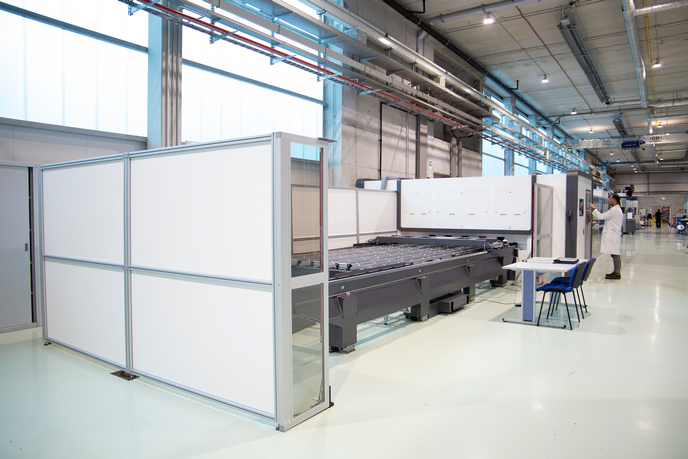Air puffs in the right places
The aerospace community is working hard on numerous advanced wing concepts that enhance lift and decrease turbulence, such as high-lift devices and natural laminar flow designs. AFC refers to technologies that intelligently change the flow of air over the wing's surface to enhance aerodynamics. The Clean Sky consortium is in charge of Europe's most ambitious aerospace research programme yet. An important pillar of the programme is smart high-lift devices integrated on trailing edge wing flaps. The EU-funded project AFCIN was launched to investigate AFC and particularly pulsed air in this context. Scientists found a solution using the AFC actuator developed in a parallel project (FloCoSys). The AFC features facilitated a significant reduction in outer wing flap dimensions relative to baseline design. This also reduced thickness and thus internal space for devices and installations, increasing the technical challenge. In the end, AFCIN employed a multispar concept for most of the flap where the spar is the main structural member. The unusual and innovative multispar design of the flap was not only easier to manufacture but it created space. The space was used for installation of the plenum or pressure chamber containing the pressurised air for the AFC device. Materials specimens including carbon fibre-reinforced composite plates have been manufactured and subjected to static and fatigue testing under various loading conditions. Even with very high strain, the disturbed plate design performed quite admirably. A demonstrator with a 2 m span was also tested and a full-size mock-up demonstrator of a section of a wing flap has been given to the Clean Sky project leader for testing. AFCIN integrated AFC into a trailing edge outer wing flap to enhance aerodynamic performance and lift. The system enabled a significant reduction in the size of the wing flap. Better lift with less weight could potentially translate to lower fuel consumption and emissions. If used for steeper lift-off and landing, the technology could also reduce the noise associated with these activities for even greener flight in the near future. AFCIN has brought the technology one step closer to full integration and in-flight testing.
Keywords
Active flow control, high-lift devices, trailing edge, wing flap, multispar design







